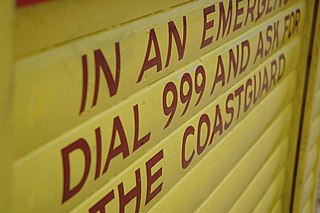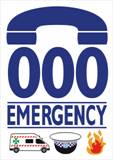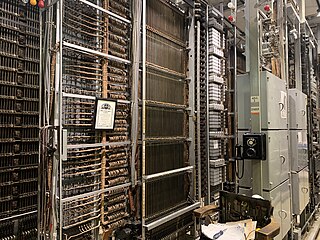This article needs additional citations for verification .(January 2009) |
Operator assistance refers to service provided by a telephone operator to the calling party of a telephone call. This can include telephone calls made from pay phones, calls placed station-to-station, person-to-person, or collect , third-number calls, calls billed to credit cards, and certain international calls which cannot be dialed directly. The telephone operator may also be able to assist with determining what kind of technical difficulties are occurring on a phone line, to verify whether a line is busy (busy line verification, or BLV), or left off the hook, or to break in on a live call to ask the caller to clear the line for an incoming call ( busy line interruption , or BLI). [1] The latter service is often utilized by emergency police. In addition, operators are often a first point of contact for the elderly wanting information on the current date and time.
Contents
- List of active operator assistance numbers
- List of historical and withdrawn operator assistance numbers
- See also
- References
Before the advent of emergency telephone numbers, operators identified and connected emergency calls to the correct emergency services. Directory assistance was also part of the operator's job.
In the early days of telephony all calls were connected by an operator. Later, local calls could typically be dialed directly, but long-distance and international calls had to be connected by an operator, often subject to a minimum charge, typically for three minutes. Eventually it became possible to direct-dial all calls, but operator assistance continued to be available, often at higher cost, for all calls; in the US Bell System an operator-assisted call had a 50% premium for the first three minutes.
A station-to-station call is an operator-assisted call in which the calling party agrees to talk to whoever answers the telephone.
A person-to-person call is an operator-assisted call in which the calling party requires to speak to a specific named party and not simply to anyone who answers. The caller is only charged for the call, which is subject to extra cost than station-to-station, from the moment the requested party is reached, and not charged at all if unreachable. [2] This method was popular when telephone calls were relatively expensive. Since the introduction of direct dial telephone service and the subsequent drop in the price of long distance telephone calls, person-to-person service has virtually disappeared.
A messenger call has been used in countries in which home telephones are unusual, and before the boom in cell phones in the early 21st century. A messenger, usually a boy, would go to the recipient's location to advise him or her to come to a central location at a designated time to receive a phone call.
An operator-assisted conference call is one in which the conference call is managed by an operator. The telephone operator will greet each call participant, gather specific information from each participant, introduce key speakers, and manage questions and answers, all from the telephone.
A third number call or third party call is an operator assisted telephone call that can be billed to the party other than the calling and called party. The operator calls the third number for the party to accept the charges before the call can proceed.
Time and charges was a service that could be requested of an operator before a call began. After completion of the call, the operator called back and stated the duration of the call (in minutes) and the charge. It was sometimes used by guests to reimburse hosts for use of their telephone, and was almost always required by hotel switchboard operators to charge room guests for calls they made—modern telephone systems do this automatically.









